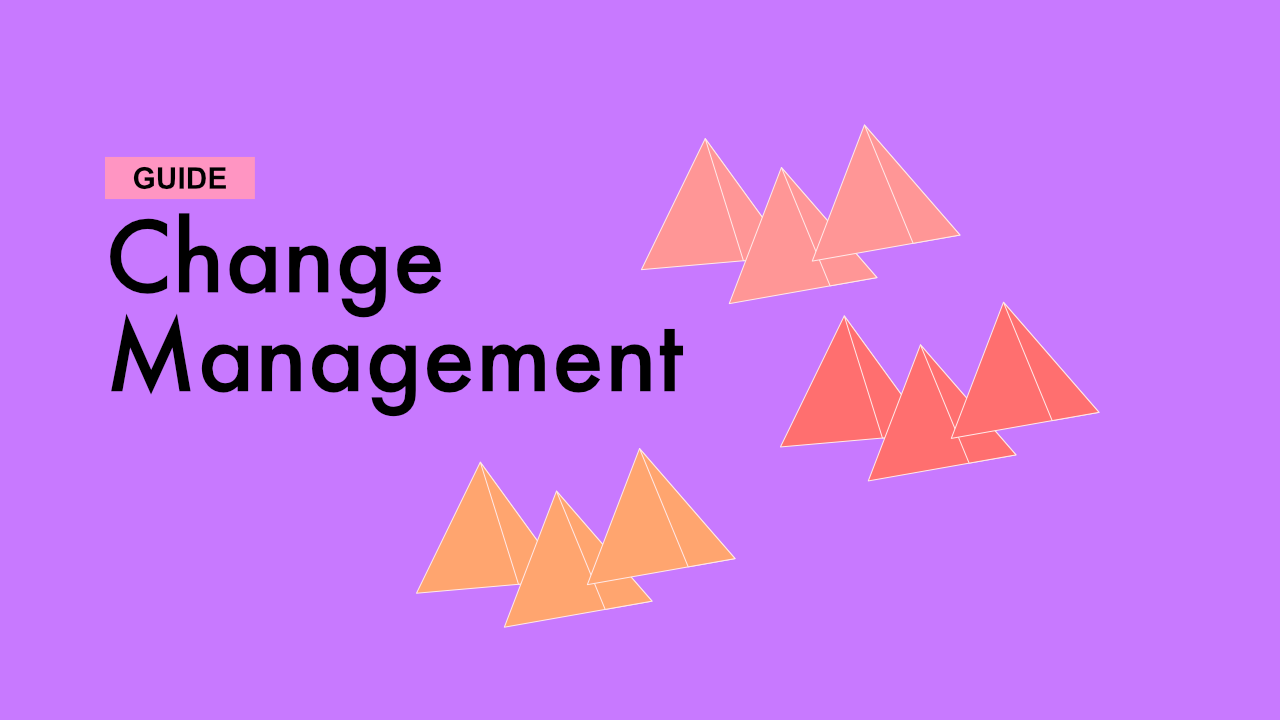
When your organization starts to adapt to new technologies and practices implementing structural changes can be overwhelming without a properly scoped approach.
On top of rerouting established processes to accommodate new approaches in administration you also need to ensure new integrations are compliant with local bylaws especially if you work in healthcare and health technology. Any new tool or platform in these environments needs to follow basic regulations that ensure patient privacy and data integrity.
How do you approach Change Management for your organization?
Change management is a term to describe an all-encompassing methodology to support, develop and improve an organization in a big way. Having a specific plan for the journey will help your organization adopt cutting-edge solutions faster as well as having mental space to course correct when necessary.
When a solid plan emerges out of this, you will have cataloged best practices that your organization can lean on to create an engaging work environment.
“Organizational change management employs a structured approach to ensure that changes are implemented smoothly and successfully to achieve lasting benefits.” [1]
Let’s say you are looking to introduce new communication tools or collaboration applications into your operational workflow. Your company’s administrators would have to come up with a structured road map to carry out tasks.
A project management spirit akin to having OCD tendencies could push the process through successfully, but on the other hand can be the cause for overarching decision paralysis.
How do we overcome this seemingly daunting feat without frustration? How do we reduce the number of mistakes in our initial go?
To manage expectations, one must set realistic targets. When faced with tasks specific to an organization some initiatives your company could undertake include: moving workflow onto a project tracker like Jira or ClickUp, onboarding staff onto a communications tool like Slack or establishing a new way of reporting business insights like connection Looker to your EDW (enterprise data warehouse) for your data analysis needs.
Think of your project plan as a blueprint to help install fundamental structures and pathways to drive processes nimbly through all the aspects of your business. Think about what results you are looking for: better communication, less workplace fatigue, decrease the nees for multi-tasking, satisfied employees, that creates more bandwidth to increase top line revenue, reduction of overhead costs.
Why now? Why would you consider an organizational upgrade to your processes? It is expected in the next decade an remote work will become more the norm. An increase in workforce and decreased availability of office space will begin to drive more virtual collaborations.
Additionally, talent comes in all forms and sizes. There will be individuals who have killer skillsets but special needs one may not see so clearly. And on the flip side, despite limitations, they are seeking a challenge to increase expand their world view. That’s why we give them all the tools and foundation to succeed as it pushes them to excel and increase the value of your mission.
A willingness to utilize technology to manage the day to day rewards adopters early in the market. Outdated practices will fall behind considerably if a plan for the future is not carefully crafted.